Home>Furniture>Outdoor Furniture>How To Stabilize A Patio Umbrella
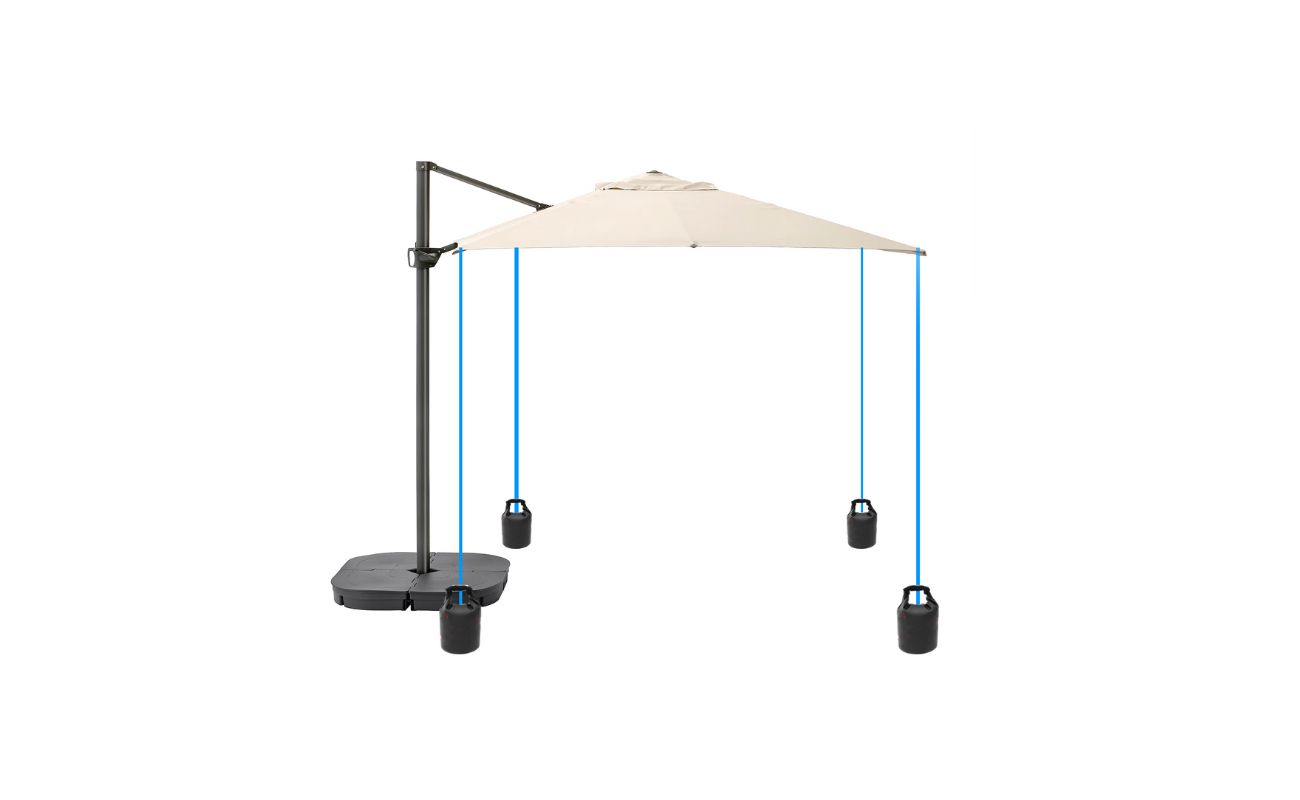

Outdoor Furniture
How To Stabilize A Patio Umbrella
Modified: October 20, 2024
Learn how to stabilize your patio umbrella with these outdoor furniture tips. Keep your umbrella secure and protect your outdoor space.
(Many of the links in this article redirect to a specific reviewed product. Your purchase of these products through affiliate links helps to generate commission for Storables.com, at no extra cost. Learn more)
Introduction
Welcome to our guide on how to stabilize a patio umbrella. When you’re enjoying your outdoor space, few things are as frustrating as a patio umbrella that just won’t stay put. Whether it’s a gust of wind or an accidental bump, an unstable umbrella can quickly turn your relaxing time outdoors into a hassle.
In this article, we will explore various factors that can affect the stability of your patio umbrella. We’ll also provide you with practical tips and techniques to ensure that your umbrella stays securely in place, even in challenging weather conditions.
Let’s dive in and discover how to stabilize your patio umbrella and make the most of your outdoor oasis.
Key Takeaways:
- Choose a sturdy umbrella base that matches the size and weight of your umbrella to prevent tipping and ensure stability in windy conditions.
- Regularly inspect, clean, and maintain your patio umbrella to prolong its lifespan and maintain stability, allowing for worry-free outdoor relaxation.
Read more: How To Stabilize Outdoor Umbrella
Factors Affecting Patio Umbrella Stability
When it comes to stabilizing a patio umbrella, it’s essential to understand the factors that can affect its stability. By addressing these factors, you can significantly improve the overall stability and durability of your umbrella.
1. Wind: Wind is the primary factor that can destabilize a patio umbrella. Strong gusts can push against the surface area of the umbrella, causing it to shake or tip over. It’s crucial to consider the wind rating of your umbrella and take precautions on windy days.
2. Size and Weight: The size and weight of your umbrella play a crucial role in its stability. A larger umbrella with a heavier canopy will typically require a sturdier base and anchoring system to prevent toppling. When purchasing a patio umbrella, ensure that it is compatible with the appropriate base and support system.
3. Umbrella Base: The type and quality of the umbrella base are paramount in determining stability. An insufficient or lightweight base will not provide adequate support, making your umbrella susceptible to tipping over. Look for a base that is heavy enough to counterbalance the weight of the umbrella and has a secure locking mechanism.
4. Surface Material: The surface material on which the umbrella is placed can affect stability. Solid surfaces such as concrete or wood provide better stability compared to soft surfaces like grass or sand. Consider the surface material when determining the type of base and anchoring system to use.
5. Umbrella Tilt: Adjusting the tilt of your umbrella can impact stability. When the umbrella is tilted at an extreme angle, it increases the chances of it catching the wind and becoming unstable. Aim for a moderate tilt that provides shade while maintaining stability.
6. Maintenance: Regular maintenance is essential to ensure the long-term stability of your patio umbrella. Check for any loose screws or damaged parts that may affect stability. Additionally, clean and store your umbrella properly during the offseason to prevent any damage or wear and tear.
By understanding these factors, you can address the potential weak points of your patio umbrella and take appropriate measures to improve its stability. In the next section, we will discuss how to choose the right umbrella base to enhance stability.
Choosing the Right Umbrella Base
When it comes to stabilizing your patio umbrella, selecting the right umbrella base is crucial. The base provides the necessary weight and stability to keep your umbrella firmly in place. Here are some key factors to consider when choosing the right umbrella base:
1. Size and Weight: The size and weight of the umbrella base should be proportionate to the size and design of your umbrella. As a general rule of thumb, the base should be at least 20-30 pounds for a small to medium-sized umbrella and up to 70 pounds or more for a larger umbrella. Opt for a base that offers sufficient weight to counterbalance the canopy and prevent tipping.
2. Material: The material of the umbrella base determines its durability and resistance to weather conditions. Common materials for umbrella bases include cast iron, steel, and resin. Cast iron bases are heavy and sturdy, while steel bases offer a good balance of strength and portability. Resin bases are lightweight and easy to move but may not be as durable in extreme weather conditions.
3. Locking Mechanism: Look for an umbrella base with a secure locking mechanism that ensures the umbrella pole remains securely in place. This helps prevent wobbling or tilting, especially when exposed to wind or accidental bumps.
4. Mobility: Consider how often you plan to move your umbrella. If you want the flexibility to move it around your outdoor space, opt for a base with wheels or handles for easy transportation. However, keep in mind that a movable base may compromise stability compared to a stationary one.
5. Compatibility: Ensure that the umbrella base is compatible with the size and type of umbrella you have. Some bases are designed specifically for certain umbrella shapes or sizes, so double-check the specifications to ensure a proper fit.
6. Aesthetics: The umbrella base can also contribute to the overall aesthetic appeal of your outdoor space. Consider the style, color, and design of the base to complement your patio furniture and décor.
By carefully considering these factors, you can choose an umbrella base that provides optimal stability for your patio umbrella. In the next section, we will explore how to ensure proper umbrella placement for maximum stability.
Ensuring Proper Umbrella Placement
Proper umbrella placement is essential for optimal stability. Here are some helpful tips to ensure that your patio umbrella is placed correctly:
1. Level Ground: Start by ensuring that the ground where you plan to place your umbrella is level. Uneven ground can cause the umbrella to tilt or become unstable. If necessary, use a leveling tool or adjust the ground by adding sand or gravel to create a level surface.
2. Centered Position: Position your umbrella in the center of the umbrella base to distribute the weight evenly. This helps maintain balance and stability, minimizing the chances of the umbrella tipping over.
3. Tighten the Pole: Make sure that the umbrella pole is securely tightened into the base. Use the locking mechanism provided by the base to ensure a tight fit. A loose or wobbly pole can compromise the stability of the umbrella.
4. Avoid Overextending the Canopy: Ensure that the canopy of your umbrella is not overextended. Pulling the umbrella too far can put undue stress on the joints and increase the chances of it becoming unstable. Follow the manufacturer’s guidelines for extending the canopy and avoid exceeding the recommended limits.
5. Consider Surroundings: Take into account the surrounding environment when placing your umbrella. Be mindful of nearby structures, trees, or other objects that may obstruct the umbrella or impact its stability. Keep a safe distance to prevent any potential damage or accidents.
6. Use Sun Position to Your Advantage: Consider the position of the sun throughout the day when deciding where to place your umbrella. By positioning the umbrella to maximize shade during the hottest hours, you can minimize the risk of strong gusts of wind catching the canopy and destabilizing it.
By following these guidelines, you can ensure that your patio umbrella is properly placed for maximum stability. However, it’s important to note that certain weather conditions may require additional anchoring methods to further secure your umbrella. We will explore these methods in the next section.
Use a heavy umbrella base or anchor it with sandbags to stabilize your patio umbrella. This will prevent it from tipping over in strong winds.
Using Additional Anchoring Methods
In addition to selecting the right umbrella base and ensuring proper placement, some situations may call for additional anchoring methods to further stabilize your patio umbrella. These methods provide an extra layer of security, especially in windy conditions. Here are a few effective ways to anchor your umbrella:
1. Umbrella Sandbags: Sandbags are a simple and effective method to anchor your patio umbrella. Simply attach sandbags to the base or place them around the base to add extra weight and stability. Make sure to secure the sandbags tightly to prevent them from shifting or sliding.
2. Ground Stakes or Anchors: Ground stakes or anchors are ideal for grassy or sandy areas where a traditional umbrella base may not provide sufficient stability. These stakes are driven into the ground and securely hold the umbrella in place. Be sure to check the ground type to determine the appropriate type of stake or anchor for optimal stability.
3. Tie-Down Straps: Tie-down straps are useful for securing your umbrella to stationary objects such as deck posts, trees, or nearby structures. Wrap the straps around the umbrella pole and anchor point, then tighten them to provide additional stability. This method is particularly helpful in areas with frequent strong winds.
4. Weighted Umbrella Base Bag: A weighted umbrella base bag is a versatile option that can be filled with sand or gravel and placed on top of your existing umbrella base. The added weight helps prevent tipping and provides stability without the need for additional tools or equipment.
5. Umbrella Wind Vent: Some patio umbrellas come with a wind vent feature that allows wind to pass through the canopy, reducing the risk of the umbrella toppling over. This design feature minimizes the pressure on the umbrella and improves stability during gusty conditions.
Remember, these additional anchoring methods are not meant to replace a sturdy base but rather to enhance stability in challenging weather conditions. It’s important to assess the specific needs of your outdoor space and choose the method that works best for your environment.
In the next section, we will discuss the importance of maintaining and adjusting your patio umbrella to ensure prolonged stability.
Read more: How To Measure A Patio Umbrella
Maintaining and Adjusting the Umbrella
Maintaining and regularly adjusting your patio umbrella is crucial for ensuring its stability and longevity. By following these maintenance tips, you can keep your umbrella in optimal condition:
1. Inspect and Tighten: Regularly inspect your umbrella for any loose screws or damaged parts. Tighten any loose screws or connections to ensure stability. Replace any worn-out or broken components promptly to avoid further damage.
2. Clean the Canopy: The canopy of your umbrella can accumulate dirt, pollen, and other debris over time. Regularly clean the canopy with mild soap and water to keep it in good condition. Cleaning not only improves the appearance but also prevents mold and mildew buildup, which can affect the stability of the umbrella.
3. Check Tilt Mechanism: If your umbrella has a tilt mechanism, ensure that it is working correctly. Faulty tilt mechanisms can cause the umbrella to become imbalanced or unstable. Lubricate the tilt mechanism as recommended by the manufacturer to keep it functioning smoothly.
4. Adjust the Height: The height of your umbrella can impact its stability. Make sure the umbrella is at the appropriate height for your outdoor activities. If it’s too high, it may catch the wind, while if it’s too low, it may not offer adequate shade. Find the optimal height that provides both stability and the desired shade coverage.
5. Store it Properly: When not in use, store your patio umbrella in a clean and dry area, preferably in a storage cover or bag designed for umbrellas. This protects it from harsh weather conditions, UV rays, and dust, which can damage the umbrella over time. Proper storage helps maintain the integrity of the umbrella and ensures its stability each time you use it.
6. Regularly Re-Evaluate: It is essential to re-evaluate the stability of your patio umbrella from time to time, especially after storms or strong winds. Check for any signs of instability or damage and address them promptly. Re-adjust the base or anchoring system if necessary to maintain the stability of your umbrella.
By following these maintenance and adjustment tips, you can prolong the lifespan of your patio umbrella while ensuring its stability and performance. In the next section, we will wrap up our guide and provide a summary of the key points discussed.
Conclusion
Stabilizing a patio umbrella is essential for enjoying your outdoor space without any hassle or worry. By considering the factors that affect stability, choosing the right umbrella base, ensuring proper placement, using additional anchoring methods when needed, and maintaining and adjusting your umbrella, you can enhance its stability and durability.
Factors such as wind, size and weight, umbrella base, surface material, umbrella tilt, and maintenance all contribute to the stability of your patio umbrella. It’s important to select an umbrella base that is the right size and weight for your umbrella, made from durable materials, and equipped with a secure locking mechanism. Placing the umbrella on level ground, in a centered position, and avoiding overextension of the canopy further ensures stability.
In some cases, additional anchoring methods such as sandbags, ground stakes, tie-down straps, weighted base bags, or umbrellas with wind vents can provide extra stability during windy conditions. Regularly inspecting, tightening, and cleaning your umbrella, as well as adjusting its height and storing it properly, all contribute to maintaining its stability and prolonging its lifespan.
Remember to re-evaluate the stability of your patio umbrella periodically, especially after inclement weather, to address any potential issues promptly. Making stability a priority will allow you to relax and enjoy your outdoor space without constant worry about your umbrella tipping over.
We hope that this guide has provided you with valuable insights and practical tips on how to stabilize your patio umbrella. By implementing these techniques, you can create a stable and inviting outdoor environment where you can comfortably enjoy leisurely moments in the shade.
Frequently Asked Questions about How To Stabilize A Patio Umbrella
Was this page helpful?
At Storables.com, we guarantee accurate and reliable information. Our content, validated by Expert Board Contributors, is crafted following stringent Editorial Policies. We're committed to providing you with well-researched, expert-backed insights for all your informational needs.


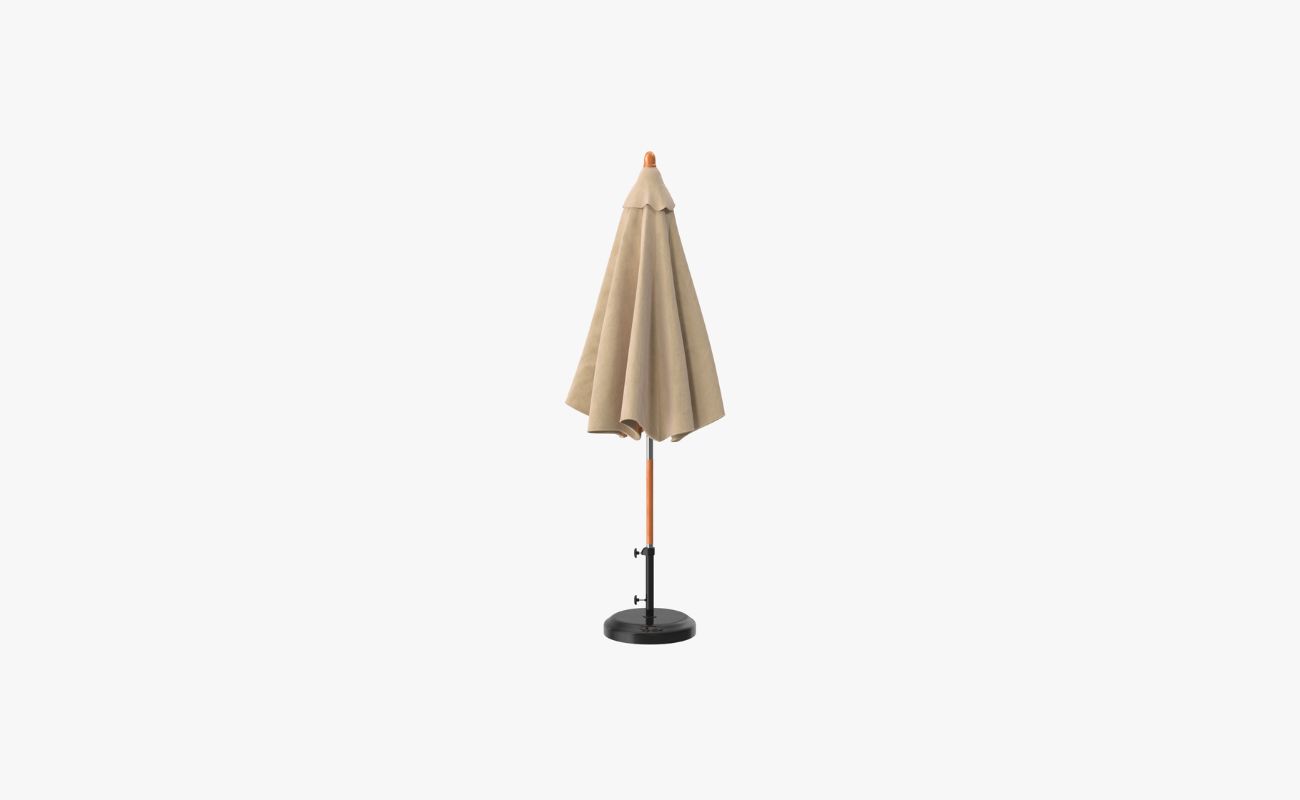
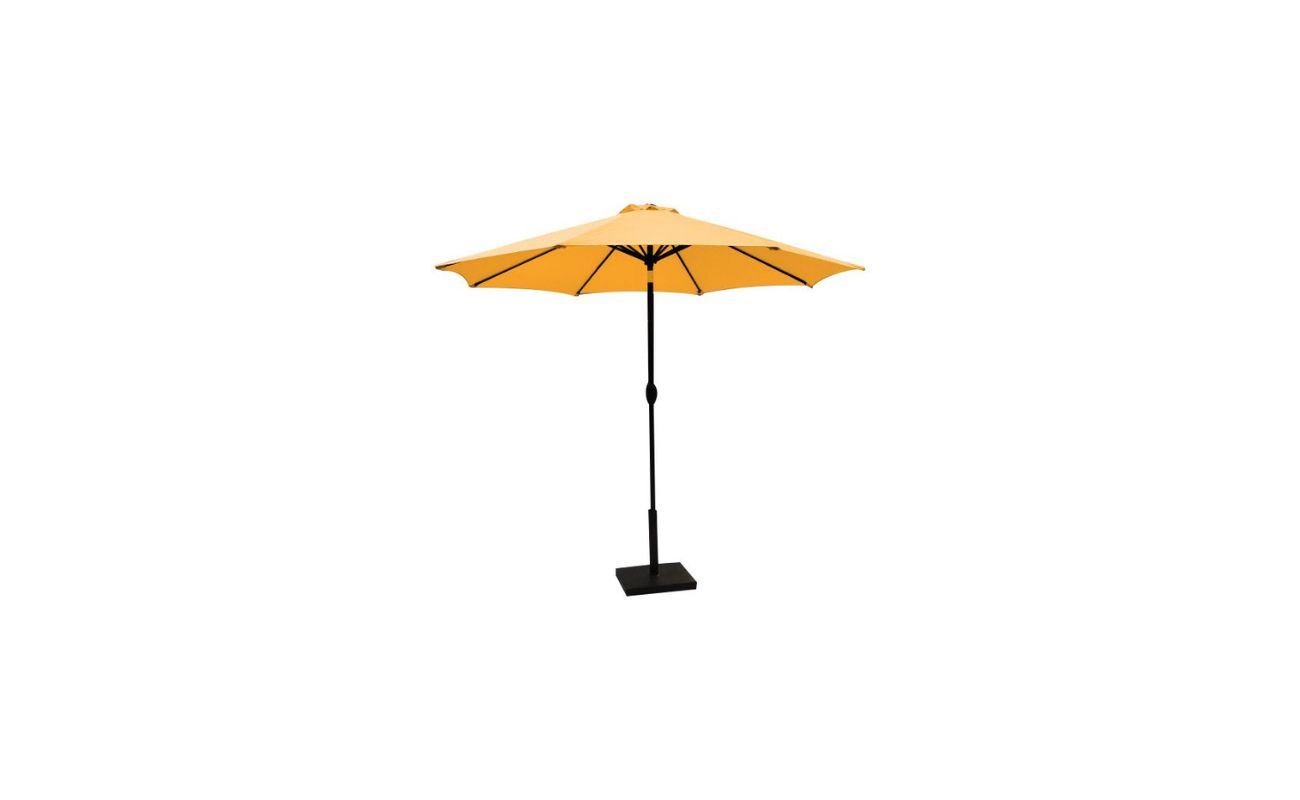
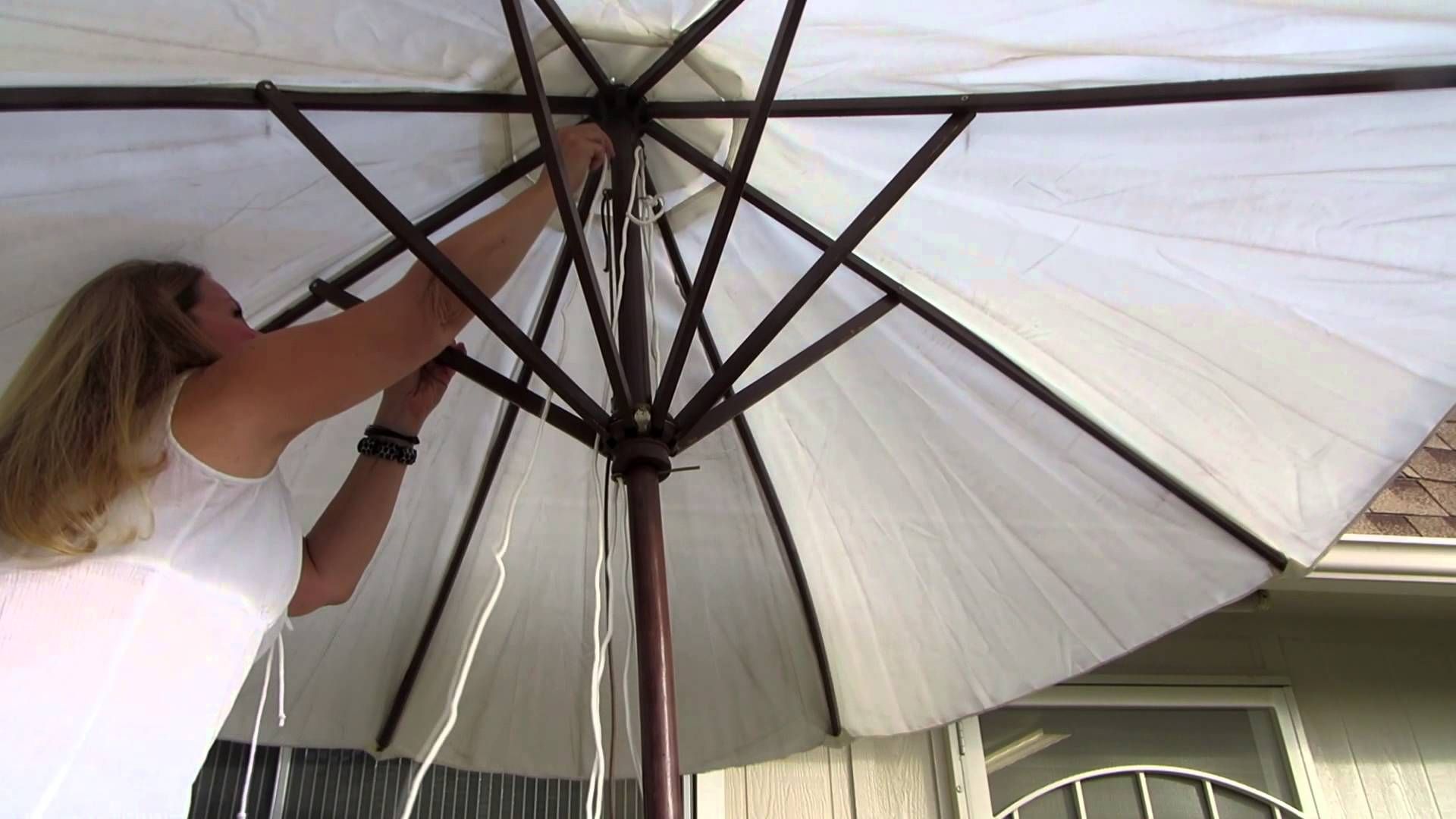
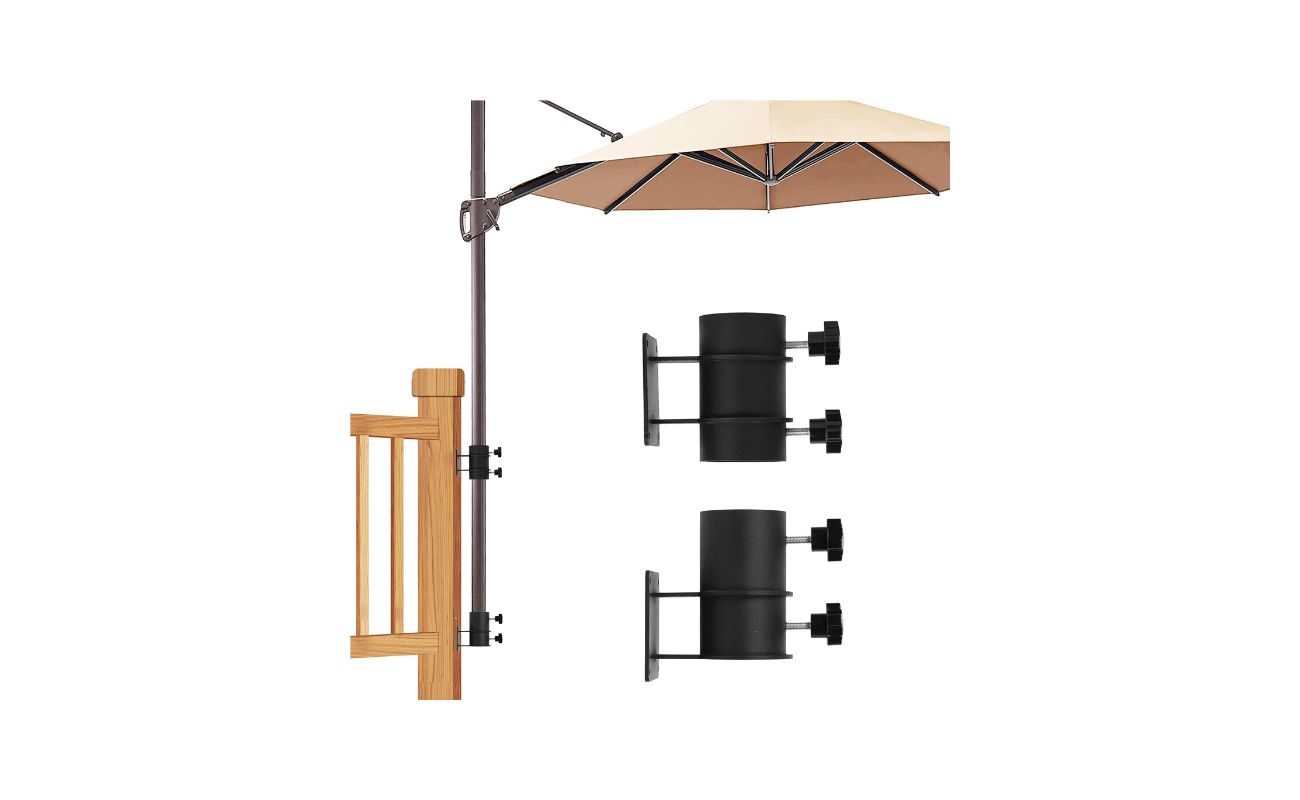

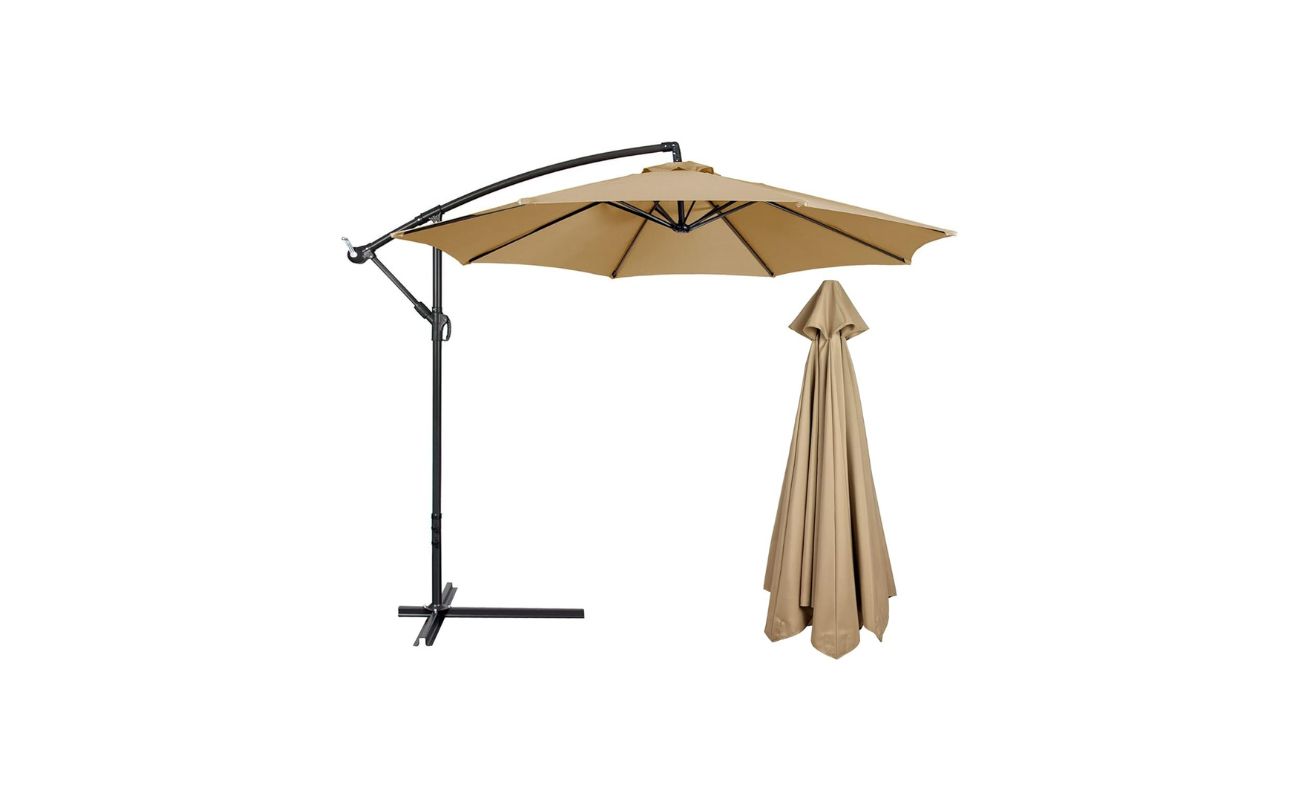
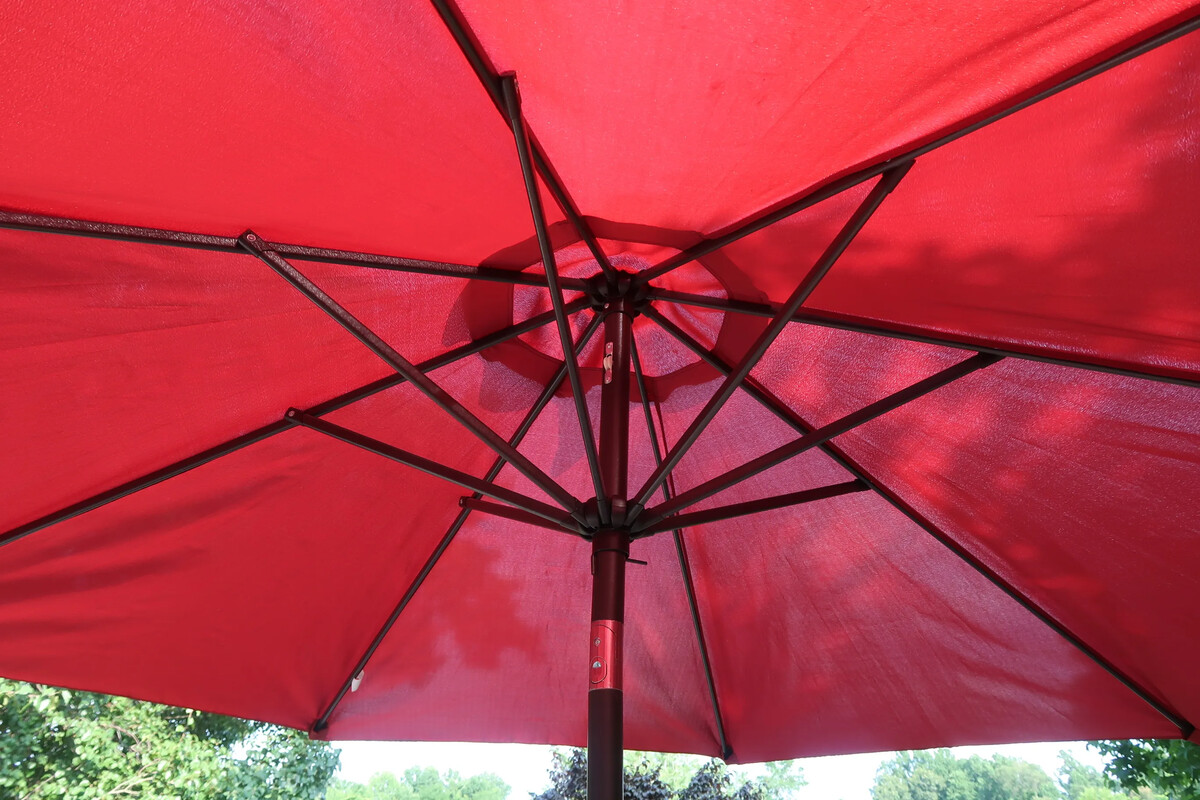
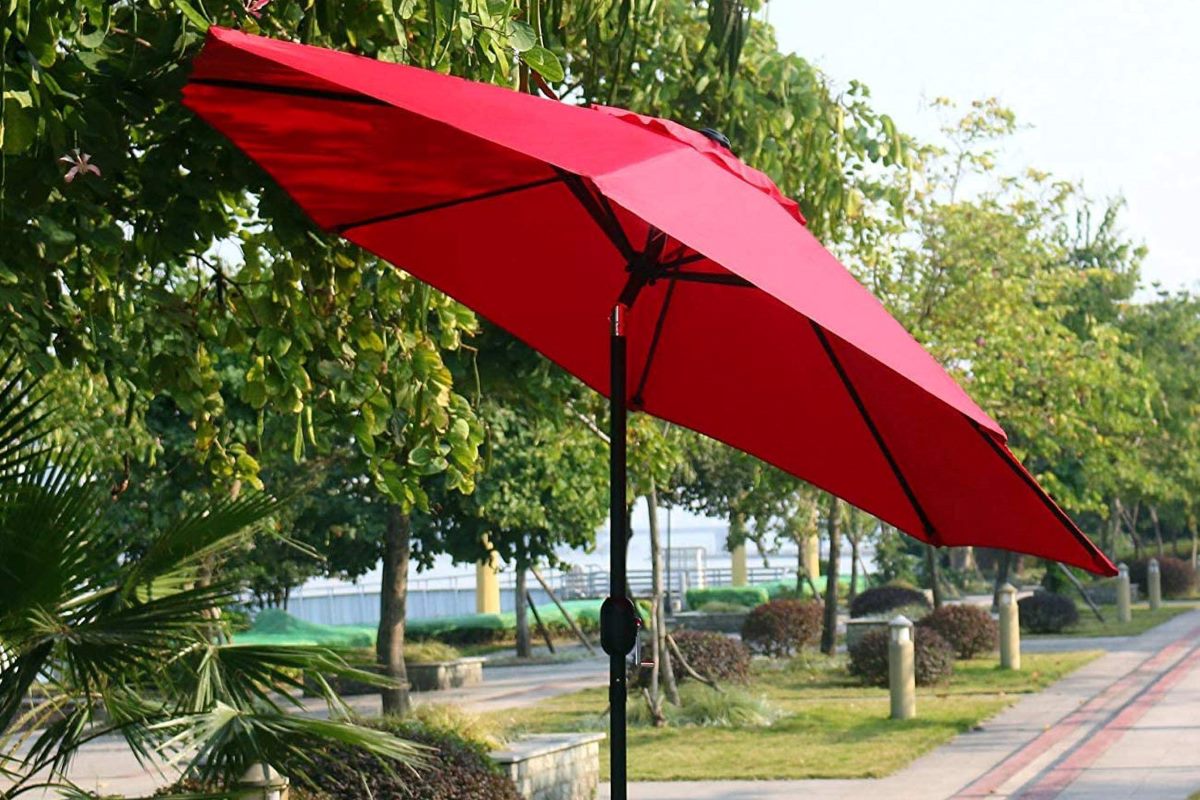
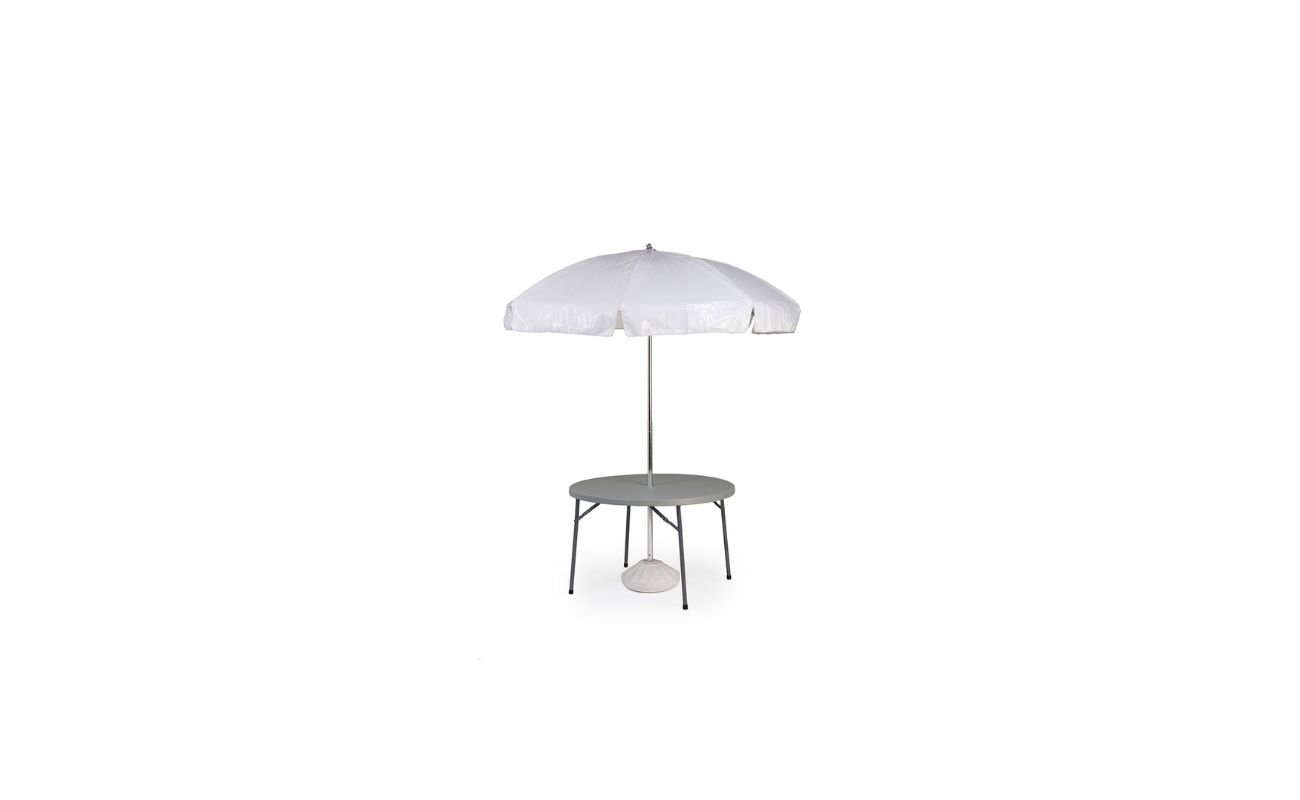
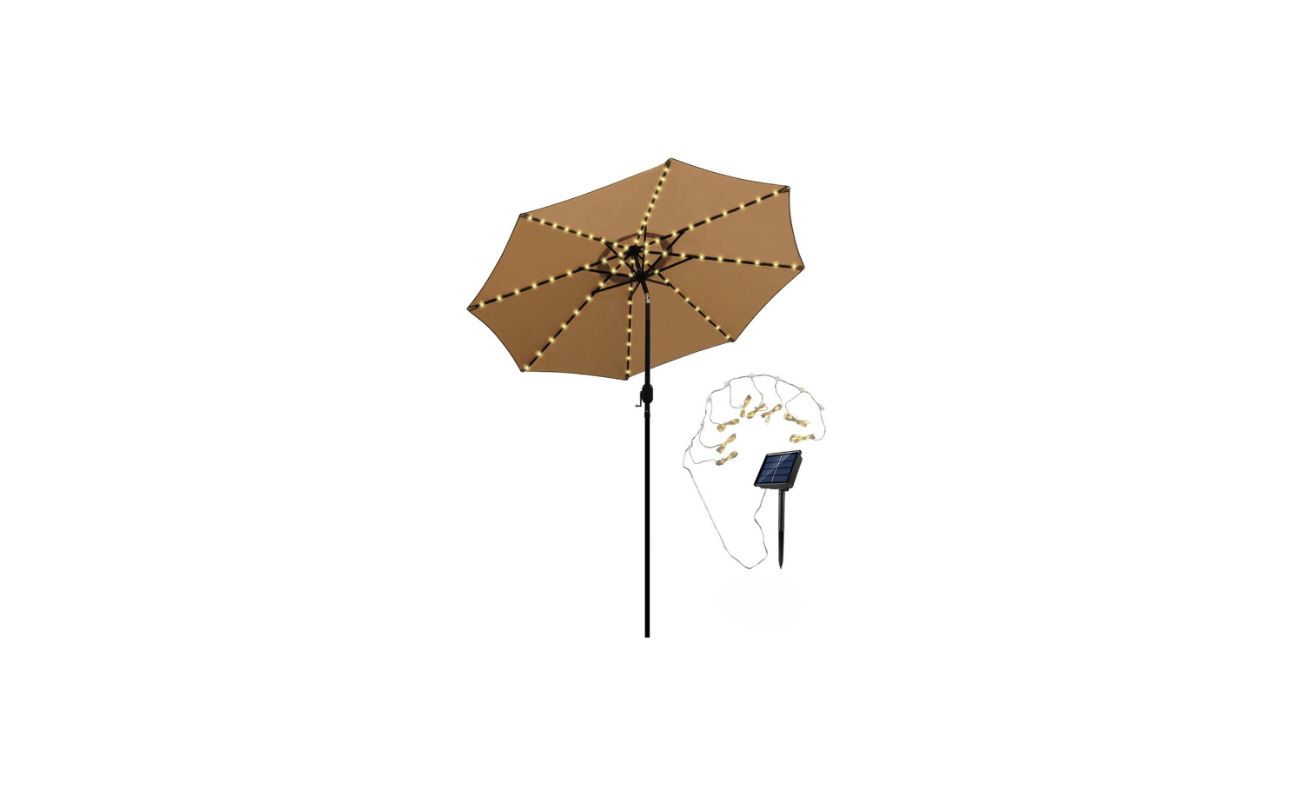
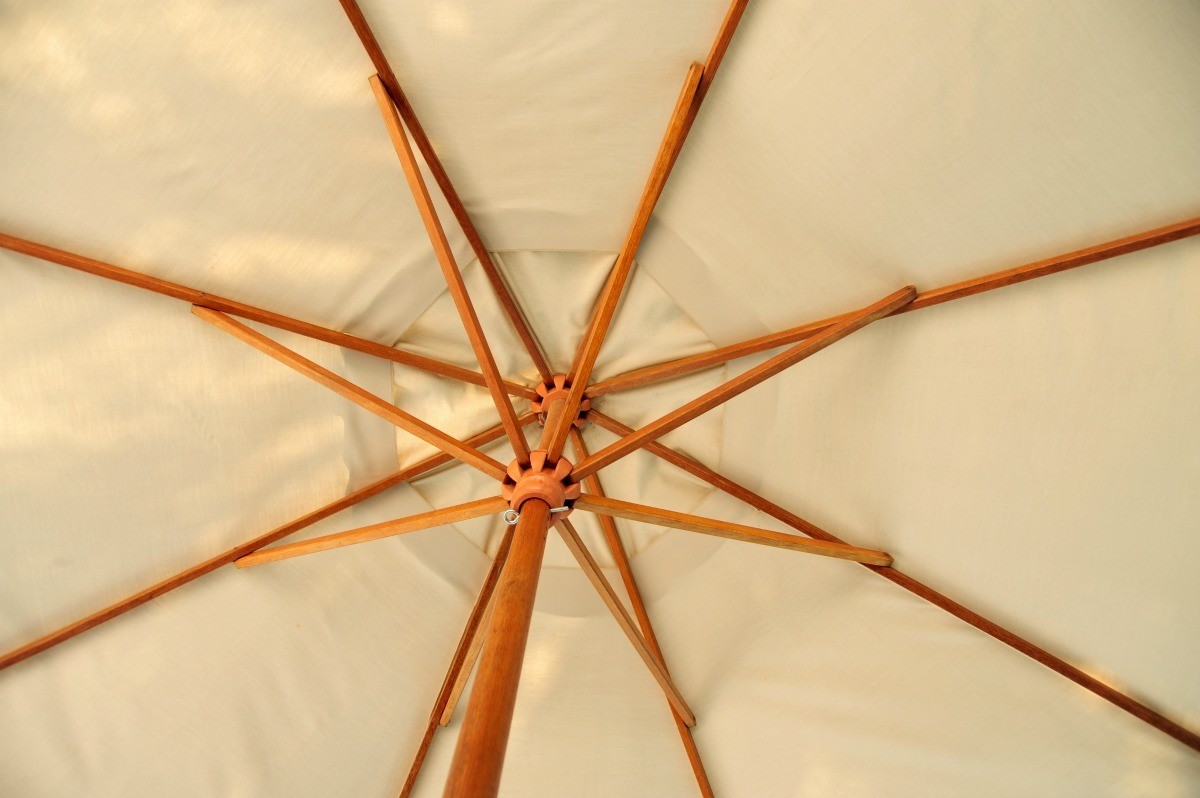
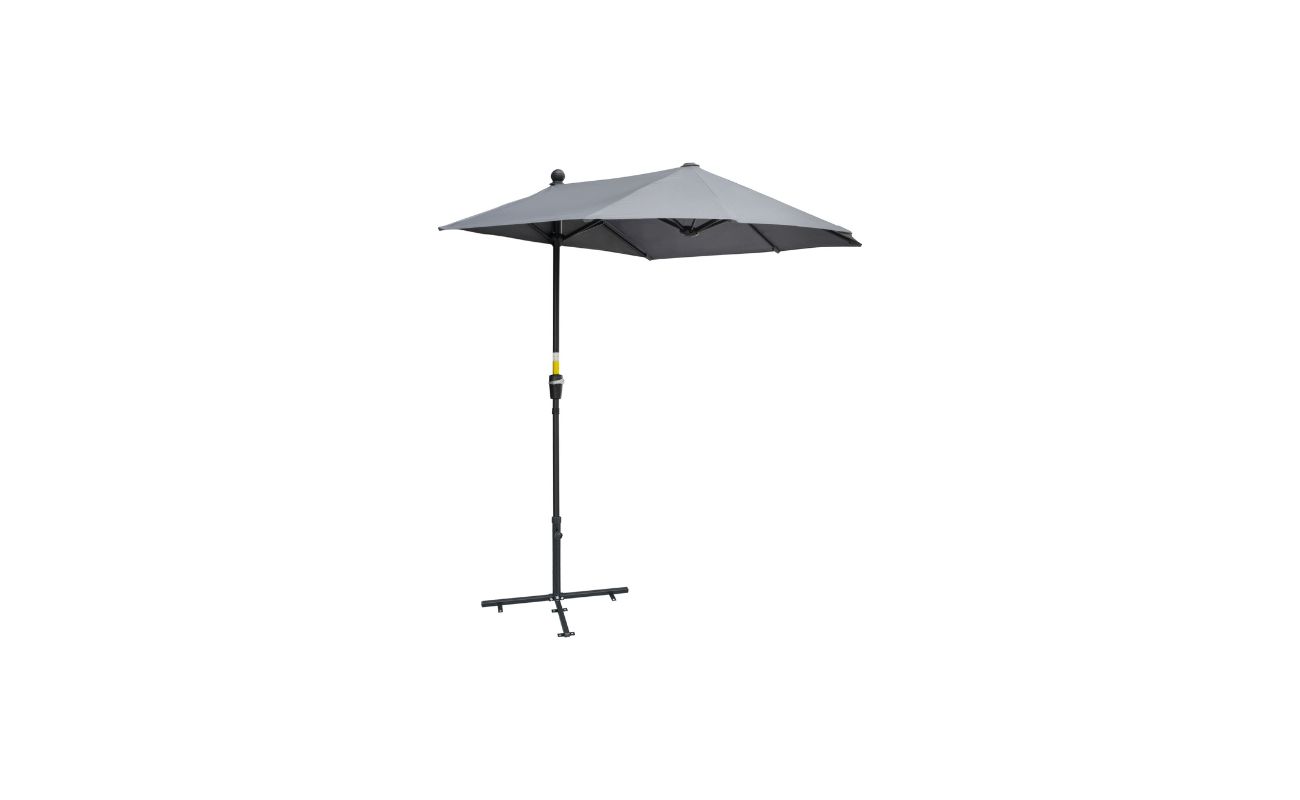

0 thoughts on “How To Stabilize A Patio Umbrella”